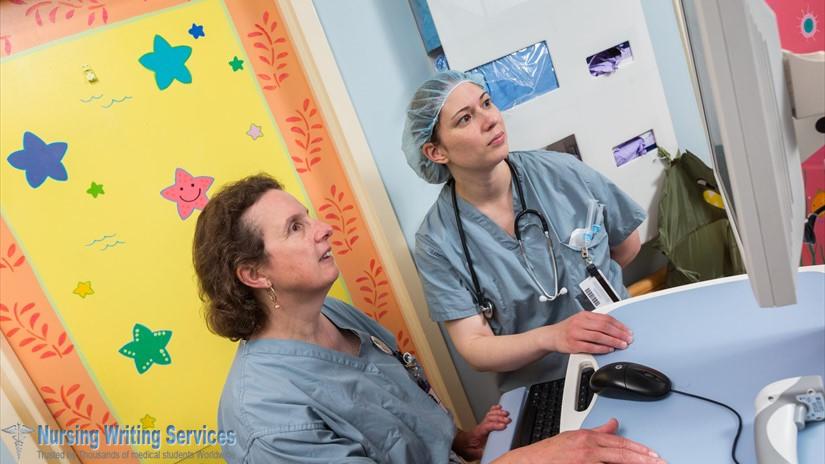How to Train Your Dog to Be an Emotional Support Animal
A dog will become an emotional support animal (ESA) if it can take the basic obedience commands. A dog that cannot stay or sit properly after a command will have challenges in understanding instructions and will not provide the kind of emotional comfort that you expect it to provide. Start the training early and stick with the routine.
Taking commands is crucial and it might even require the help of a professional if you are not making progress in making the dog to learn obedience.
Steps To Train Your Dog to Be an Emotional Support Animal
1.Start with simple steps
Start easy by teaching your dog these four most common commands.
- Sit
- Stay
- Heel
- Down
Say each of these words in a level and a calm voice when practicing these steps with the dog. Use release words like good or ok when you are ready to signal the dog to break the pose.
2.Follow the three Ds program.
Many dog training experts recommend training a pup should follow this three-step program on the first commands. It is a program that centers on these three D –words (Duration, Distance and Distractions) that come in handy during training of a therapy dog to be providing emotional support.
a.Duration
Start by positioning the dog in a pose that you want and hold for about three seconds before you use the release work such good, nice, ok to show your approval. Increase this time gradually by few seconds after each interval until the dog learns to hold the command successfully on its own.
b.Distance
Move away from the dog slowly for about one step at a time to build its independence. Return to the starting position before your utter the release word.
ALSO READ:BEST NURSING ESSAY WRITING SERVICE
c.Distractions
Build a strong foundation in the first two steps before you start introducing distractions. When the dog masters them, it is time to add distractions like mimic real-life experiences or getting another person to talk or pass or do something that will distract. It is a vital step because an emotional support animal is likely to encounter different environment when living or going for a walk with you. It is essential for the dog to master your voice and the appropriate way of responding at any time. It is an integral part of building the bond.
You should teach a dog the emotional support on how to provide emotional support and care after it understands the standard commands.
3.Sofa and paws command
Some treats help to coax a dog to get onto a sofa if it has not been doing it. Show the dog a gift and move it to the back of a couch as you excitedly call its name and add paws up. A reluctant dog might need rewarding for an extended time of getting rewards after climbing onto the sofa. You should also teach the "paws off" command for the dog to climb down from the sofa. You can begin by rewarding it until it masters the control.
Practice
You should aim at getting the dog to place all four paws on a sofa if it is small in size and take a down position. A larger dog with a weight that you do not want to bare soul only put the head or front paws on the sofa after “paws up” command. Practice the "paws up" and off command until the dog understands the meaning and follows the instructions even without a treat or reward.
4.Laying on the sofa
A dog will provide you with emotional support if it learns to lie along your body vertically with the paws on your shoulder and places its neck next to yours. The posture suits a dog that is small to medium size. A large dog should learn to put its paws across your legs or place his head on your lap when you occupy a sitting position.
Use the paws up command and down command to train the dog about the position to occupy when it is lying on your lap or vertically to you. Give the dog a treat when it takes the correct place to offer emotional support until it masters the command before issuing the paws down command. Back and forth training will teach the dog on how to apply pressure (shoulder or lap depending on its size) without expecting a food reward.
5.Train the dog to identify signs of anxiety
Train the dog further after mastering the above techniques to determine when you are in a stressful situation by mimicking the symptoms that you experience at such moments. Practice it when you are calm and reward the dog after following the commands because it will learn the action to perform when you need it at times of anxiety.
Emotional support animals calm people in unique ways. Learning how to train your dog to be an emotional support animal is an essential step because it can provide affection and dedication during difficult times.






